Monitoring American eels with the U.S. Fish and Wildlife Service
The federal agency aims to open up fish passage to historic migration sites.
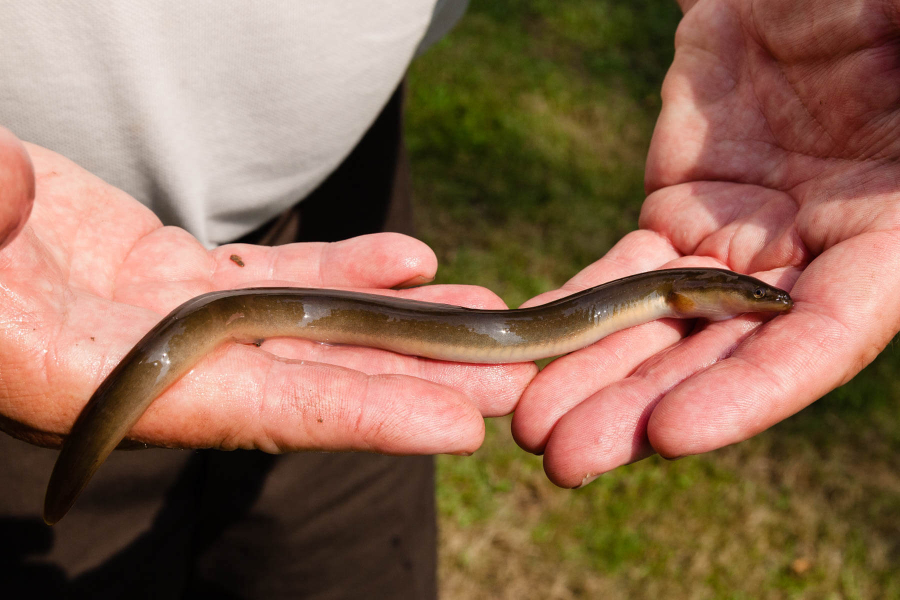
A habitat is the natural environment in which plants, animals and other organisms live, feed and breed. Many habitats are shared by numerous living things, forming what is called an ecosystem. Ecosystems range in size and can be as tiny as a patch of dirt or as large as the Chesapeake Bay watershed.
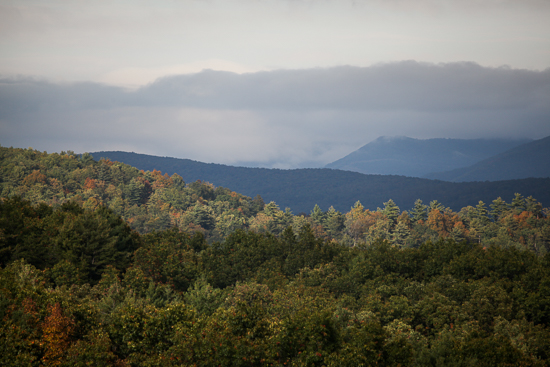
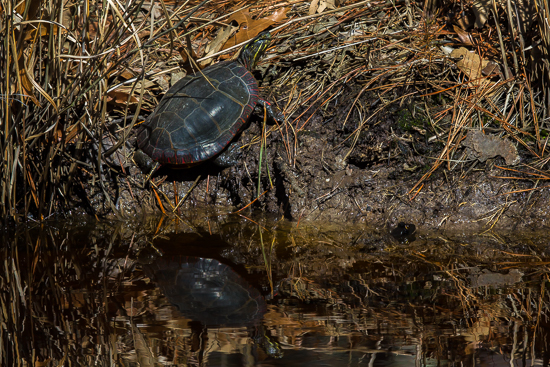
Sometimes, different species within the same ecosystem are forced to compete for resources like food, water and shelter. Dominant species and environmental stressors can take their toll on lesser plants and animals.
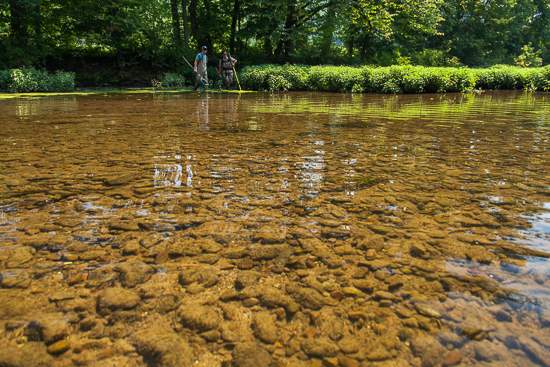
Rapidly increasing human development contributes to this environmental stress: as our population rises, so does our demand for the same resources that many plants and animals also depend on to survive. We build dams to control stream flow and capture energy, develop wilderness into urban hubs and use our finite freshwater resources at an alarming rate.
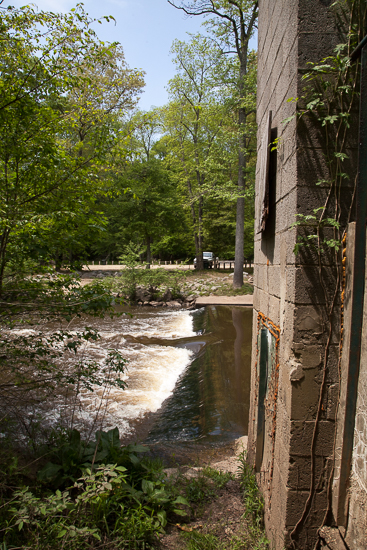
Migratory fish are particularly sensitive to ecosystem changes because they rely on certain migration routes between connected habitats to reach their breeding grounds. Dams, road culverts and other blockages that fragment waterways can act as barriers to fish passage.
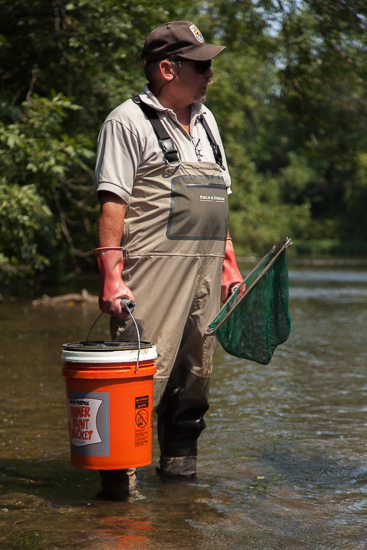
In an effort to better understand the effect that dams and other manmade structures have on fish passage, Steve Minkkinen, project leader at the U.S. Fish and Wildlife Service (USFWS) Maryland Fisheries Office, has teamed up with the U.S. Geological Survey (USGS) and the U.S. Army Corps of Engineers to conduct a 10-year survey of American eel populations in the Susquehanna River.
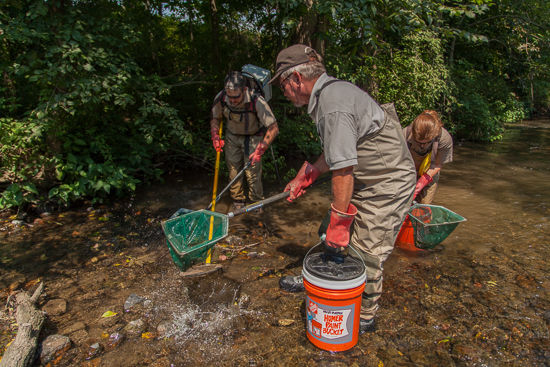
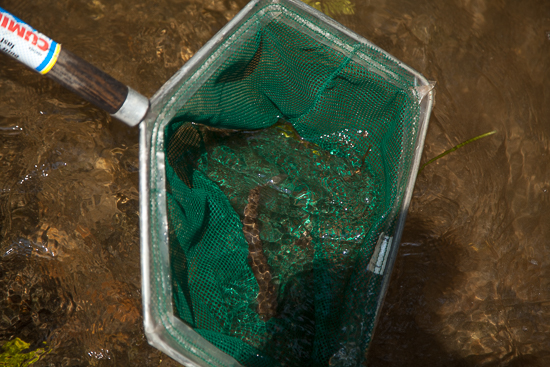
“We learned quite a bit in 2013. We collected 300,000 juveniles [eels] and transported them above the [Conowingo] Dam. The dam has been blocking the [eels’] migration up the Susquehanna River,” Minkkinen explained. “There has been a lot of work [to open] upstream passage for shad and river herring,” Minkkinen continued. But that work has only focused on adult fish, and as Minkkinen pointed out, the dam’s flow is too fast for younger eels to travel through.
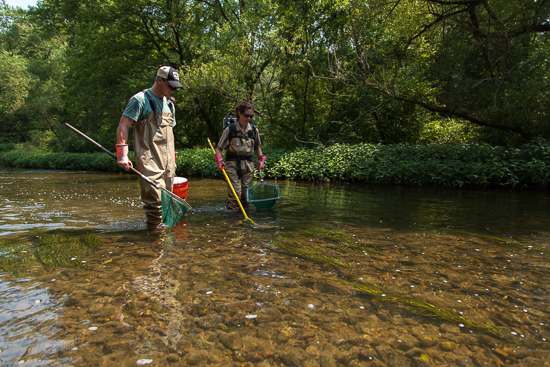
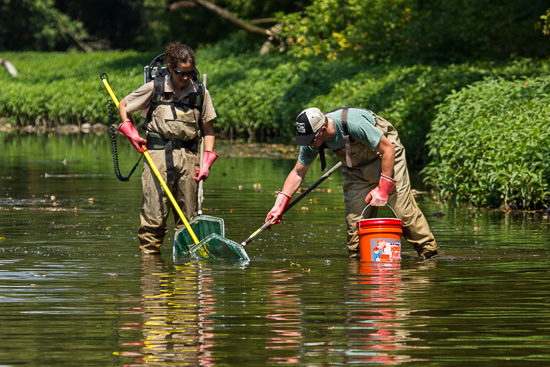
Monitoring American eels is important: at historic levels, they made up 20 percent of the freshwater biomass along the Eastern seaboard. However, the introduction of dams and other structures has blocked eel populations from important migration routes, changing eel populations.
Researchers capture and inject chips known as passive integrated transponders, or PIT tags, into the eels. These tags can be detected in future surveys and help the team track eel populations by letting them know if they are encountering a new eel or one that was caught during a previous survey.

The American eel is the only catadromous fish in the Bay region, which means they spend most of their lives in fresh water but migrate to the ocean to spawn. Spawning takes place in late January when the fish swim out of the Bay and into the Sargasso Sea, a portion of the Atlantic Ocean east of the Bahamas.
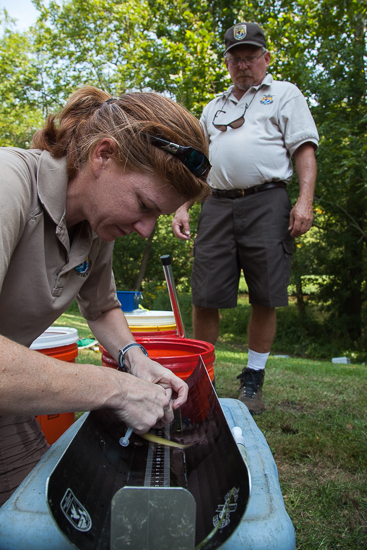
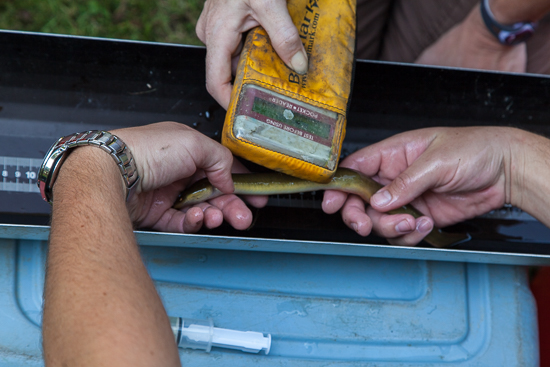
Eel larvae drift in ocean currents for nine to 12 months before reaching fresh water and swimming upstream. Monitoring allows scientists to study the migration habits of juvenile eels and learn how to aid their upstream journey.
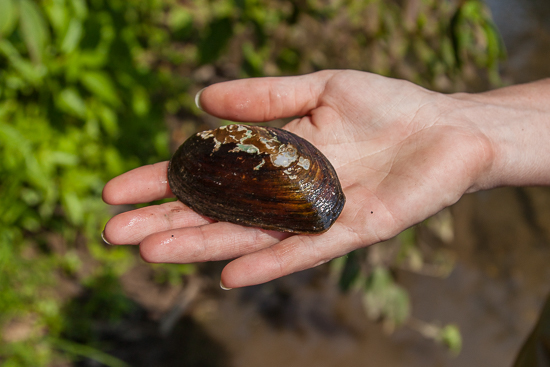
Minkkinen and his team believe that if fish passage to the upper Susquehanna opens, both American eels and freshwater mussels would thrive. This bivalve relies on fish to store their eggs in their gills until the mussels turn into microscopic juveniles and drop off. Mussel populations in the upper Susquehanna are, for the most part, comprised of older, larger individuals. Because mussels are natural filter feeders, Minkkinen’s team believes that a rise in freshwater mussels will lead to cleaner water and a healthier ecosystem.
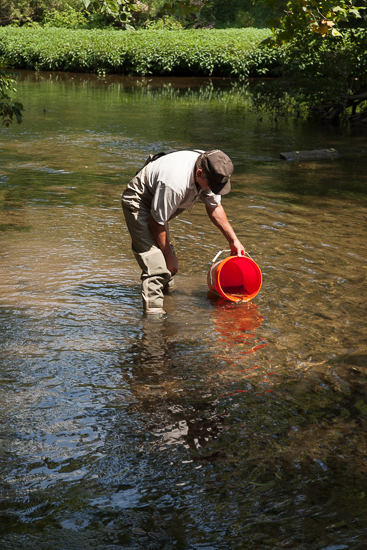
“Our hopes are that we can develop passage and restore eel and mussel habitat to that [upper Susquehanna] portion of the watershed,” Minkkinen said.
To view more photos, visit the Chesapeake Bay Program Flickr page.
Captions by Jenna Valente.

Comments
Very good
Thank you!
Your comment has been received. Before it can be published, the comment will be reviewed by our team to ensure it adheres with our rules of engagement.
Back to recent stories